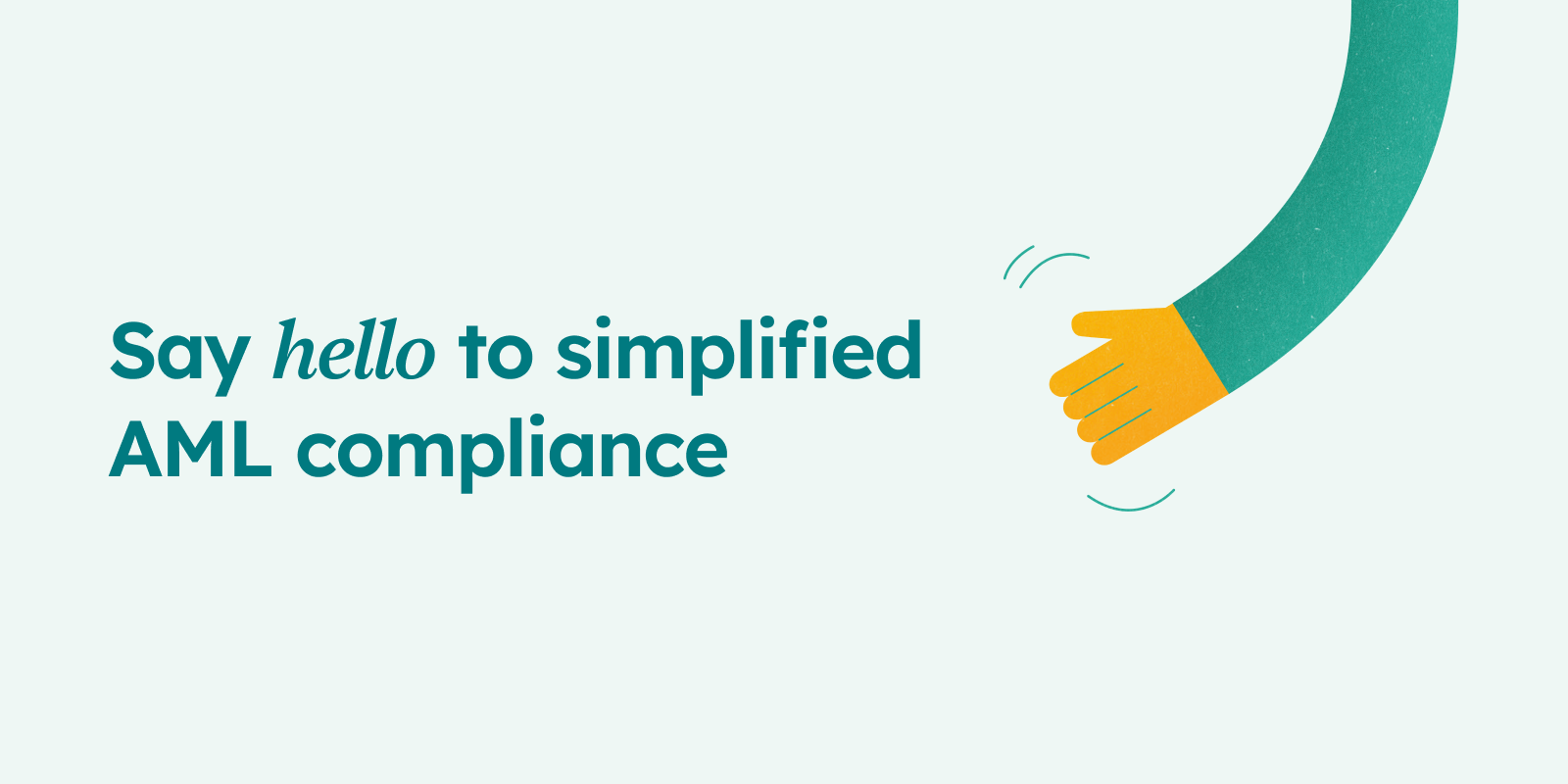1 min read
Creditro takes over KYC from Penneo
As part of Visma’s ambition to build world-class digital solutions, a strategic decision has been made to sharpen the focus of its portfolio...

The question of who the Ultimate Beneficial Owner (UBO) is, the importance of knowing, and why people use software to determine ultimate beneficial owners is important, especially in the current socio-economic climate. This article will explore the steps taken to identify the Ultimate Beneficial Owner (UBO) and why automated software can make this process easier, faster, and more accurate.
By understanding why software is used to determine UBOs, businesses, organisations, and advisors can better understand their legal obligations and protect against financial crimes.
The concept of an ultimate beneficial owner arose from anti-money laundering regulations, which require financial institutions to know their customers to prevent crime.
To comply with these regulations, financial institutions must identify and verify the identity of their customers and understand the nature and purpose of their business relationships with those customers.
To determine who the ultimate beneficial owner is, financial institutions must look beyond the ownership structure of a legal entity to identify the natural person who ultimately owns or controls that entity.
An ultimate beneficial owner is an individual or organisation with the power to directly or indirectly control a company or asset.
The criteria for being an ultimate beneficial owner can vary depending on the country and legal system in which the company or asset is located. However, some common factors are generally considered when determining the ultimate beneficial owner.
One common criterion is whether the individual or organisation has a majority ownership stake in the company or asset. This means that they own more than 25% of the shares or equity in the company or asset.
Another criterion is whether the individual or organisation has voting rights within the company or asset. This means they have the power to elect the board of directors or make other decisions about how the company or asset is run.
It is essential to know who the UBO is for several reasons. First, understanding the ownership structure of a customer can help assess financial risks, as well as reputational risks. For example, if an individual owns a company with a criminal record, this may increase the financial risk associated with doing business with that company. In addition, knowing who the UBO is can help firms comply with anti-money laundering (AML) regulations.
UBO identification thus refers to determining a company or organisation's ultimate beneficial owner(s). This can be done using specialised software that combines various data sources to provide a comprehensive picture of who owns and controls the business. There are several benefits of UBO identification, including enhanced due diligence, improved risk management, and compliance with regulatory requirements.
Firstly, UBO identification enables companies to conduct more comprehensive due diligence on potential partners and clients. By knowing who ultimately owns and controls a business, companies can better assess its reputation, financial stability, and potential risks. This helps them decide whether to do business with that entity.
Secondly, UBO identification can help companies manage their risk exposure more effectively. With accurate information about ownership structures and control mechanisms, businesses can identify potential areas of vulnerability and take steps to mitigate these risks proactively.
Finally, UBO identification is often required by regulators as part of anti-money laundering (AML) and counter-terrorism financing (CTF) measures. By complying with these regulations using specialised software tools for UBO identification, businesses ensure their operations are legal while maintaining good standing in their respective jurisdictions.
Identifying ultimate beneficial owners (UBOs) is essential to modern business practices. It aims to identify individuals who ultimately own or control a company, trust, or other legal entity. Identifying UBOs can help in many ways, such as preventing money laundering, terrorist financing, and tax evasion; it is also a key part of your KYC process.
To make this process easier, companies use software tools that help them identify UBOs faster and more reliably. These tools range from simple databases to complex algorithms, such as Visma Creditro's tool, that analyse multiple data sources to uncover the true ownership structure of an organisation.
As the global business landscape becomes more and more complex and digital solutions more sophisticated, it is more important than ever that companies use the tools available to ensure the best insight into future business partners so they can create the best conditions for a healthy, fraud-free business without unwelcome guests luring behind the curtains.

1 min read
As part of Visma’s ambition to build world-class digital solutions, a strategic decision has been made to sharpen the focus of its portfolio...

3 min read
When you are subject to AML regulations, there are several tasks you need to complete annually. An annual compliance plan can help you stay on top of...

3 min read
AML compliance can be a hassle, but we don’t think it has to be that way. That’s why we’re proud to finally introduce our new brand, which reflects...